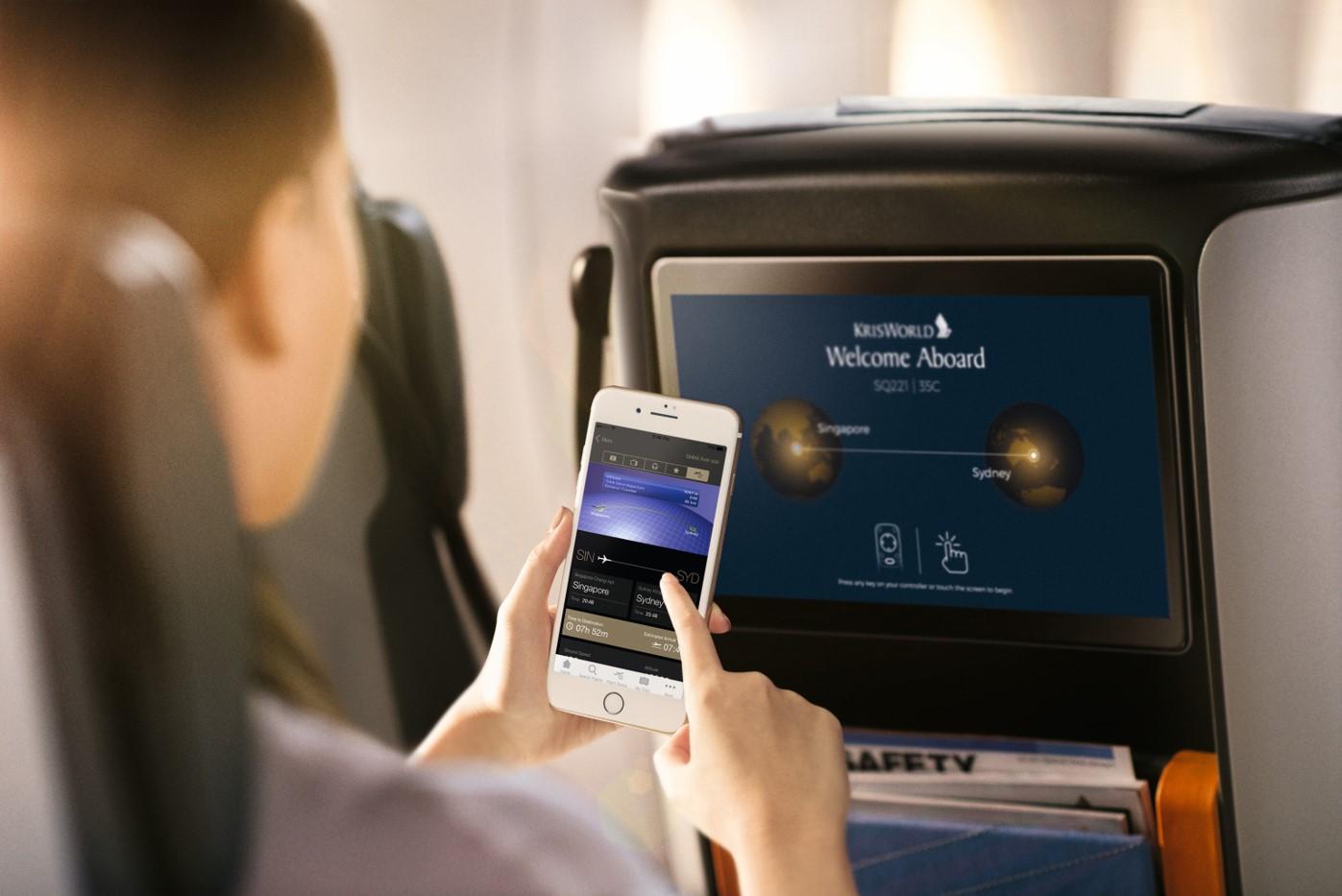
The global COVID-19 pandemic—which has wreaked havoc with the plans of millions of travelers—has also created severe knock-on effects for airlines and cabin interior manufacturers. Even though more than half of the world’s passenger fleets are back in service, it is clear the airline industry is not likely to recover fully for at least two to three years.
In the meantime, industry players are seeing a near-term 60% drop in anticipated major interior component spending for retrofits—including seats, soft goods, lavatories, galleys, inserts, stowage/closets, overhead lighting and IFEC—in 2020 and are forecasting a 50% drop in 2021. A major recovery is not expected until 2023.
However, as with all dark clouds, there are silver linings to be found if you look hard enough, Cirium market development director Andrew Doyle said in the first of a series of Passenger Experience Conference webinars, “The Outlook for Aircraft Interiors,” which was held June 17.
The virtual series is organized by Aircraft Interiors Expo (AIX) organizer Reed Exhibitions to discuss the market outlook for the various parts of commercial aviation. This webinar focused on cabin interiors, IFE and connectivity.
Crises fast-track innovation
“Crises seem to accelerate innovation rates, mainly in the cabin interiors sector, and the industry that emerges on the other side is looking to be leaner and more agile,” Doyle said.
Tronos Aviation Consulting (TAC) managing officer Gary Weissel said cabin retrofit activities largely came to an abrupt halt at the end of March/early April as the vast majority of existing programs were placed on hold or canceled as airlines went into survival mode, furloughing staff and planning fleet reductions.
“Historically, looking back at other major industry impacts [9/11 and the 2008 recession], it can take up to five years for the interiors sector to recover, as cabin retrofits and upgrades are considered discretionary spending,” Weissel said. “Airlines are more interested in getting aircraft back into the air and will live with the seats they have.”
Looking out three to four years, he said spending will be limited. “Fleets are going to be smaller; a lot of recovery will have to happen by the airlines to rehire staff and put the rest of the fleet back in service. Either pricing has to go up or load factors have to rebound before airlines start to make money again.”
Until then, Weissel said airlines are focusing on “clean cabin” initiatives to boost customer confidence, and the interiors market should take advantage of the time to “do innovation and all the things we did not have time to do before, because we have time to breathe now.”
He said the interiors market often has “boom and bust” cycles. “When we’re in the boom cycle, it’s really hard to implement efficiencies, streamline operations, and invest in new research and development (R&D), because you are just trying to keep your head above water while you are paddling as fast as you can to keep up with the orders,” he said. “So yes, we expect there to be some restructuring, but [we need to] really use it [the time] to the best of our ability to improve [these areas].”
In addition, he said, “We’re also seeing where governments are investing. There is a lot of R&D money available for seat innovation, for example, so there’s a lot the supply chain can do to react to this.”
New cabin enhancements
According to TAC research presented by Weissel, potential cabin enhancements the industry is seeing and might expect in the near future are:
● “Touchless” technology enhancements, including facial recognition for boarding and more personal electronic devices (PEDs) using wireless IFE.
● Seamless, clean interior designs, including light color palettes for a “clean appearance” to give the traveling public confidence.
● Surface materials incorporating anti-microbial properties. (An informal poll taken during the webinar revealed that more than half of companies are currently developing and/or researching these types of material to incorporate into their products.)
● Cabin air ionization.
● R&D with stimulus assistance.
Fleet size, interiors spending
Because the interiors industry is driven by fleet size, panelists agreed the market will not see a major recovery until fleets return to pre-COVID levels.
TAC and AeroDynamic Advisory research forecasts, presented by Weissel, showed that by the end of 2020, operational fleet size is expected to be back to about 60% of pre-COVID numbers.
“Overall, we don’t see it getting back to the 2019 fleet numbers until 2023,” he said.
Weissel confirmed he is seeing a 60% drop in anticipated spending for major interior retrofit components in 2020 and a 50% drop in 2021. “Overall, across the entire period we are looking at a 35% reduction or about $14.5 billion less being spent on retrofit versus on these major components versus what we had anticipated seeing at the end of 2019 in our forecast,” he said.
Cabin line fit spending is also down about 60% from 2019, Weissel added.
“Overall, there is a 45% reduction in delivery component spend through 2025 from the previous forecast,” he said.
Connectivity is more than IFE
More and more airlines are seeing the value of investing in high-bandwidth connectivity to enable passengers to use their own devices, rather than touch controls on an imbedded system—a trend that has gained even more importance as airlines create a more hygienic environment. As a result, seatback IFE may disappear in the future.
Viasat VP-commercial aviation Don Buchman said he is seeing that trend accelerate as airlines see investment in connectivity as more than just an entertainment amenity.
“We’ve known we can get entertained with our device, watch live TV and can connect with the ground,” Buchman said, adding that the increasing “touchless” trend sees passengers using their own devices to also communicate with crew. “Instead of having to ring that flight attendant bell, you can actually do it virtually through your device. I’d say the PED is probably more important than ever in this environment. And given the aerosol transmission of COVID, now [high-bandwidth connectivity] is an essential service and is being viewed as an investment rather than as an amenity.”
Physical distancing
Addressing physical distancing onboard single-aisle aircraft, Weissel said he does not see economy cabins ever going from six-abreast to four-abreast seating for the long term.
“Airlines are businesses and have to make money. They have agreed to keep the middle seat empty temporarily, keeping load factors to 60% for now, but it is unsustainable in the long term unless there is a doubling of ticket prices, which I don’t think the industry can handle,” he said. “Although it is a dream for every passenger that every seat is a first-class seat, from a financial standpoint, it is not feasible in the industry.”





